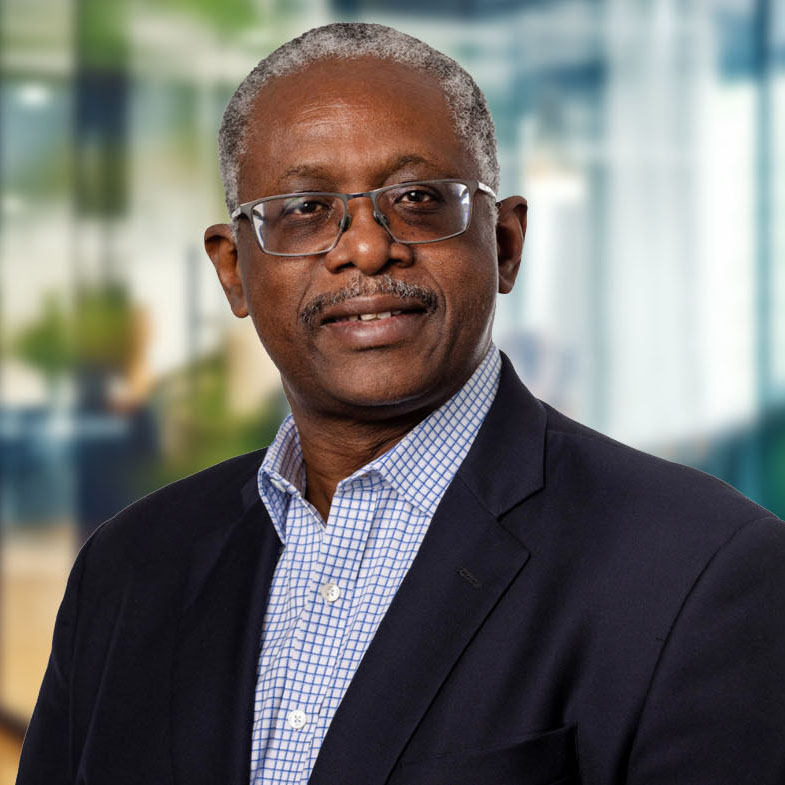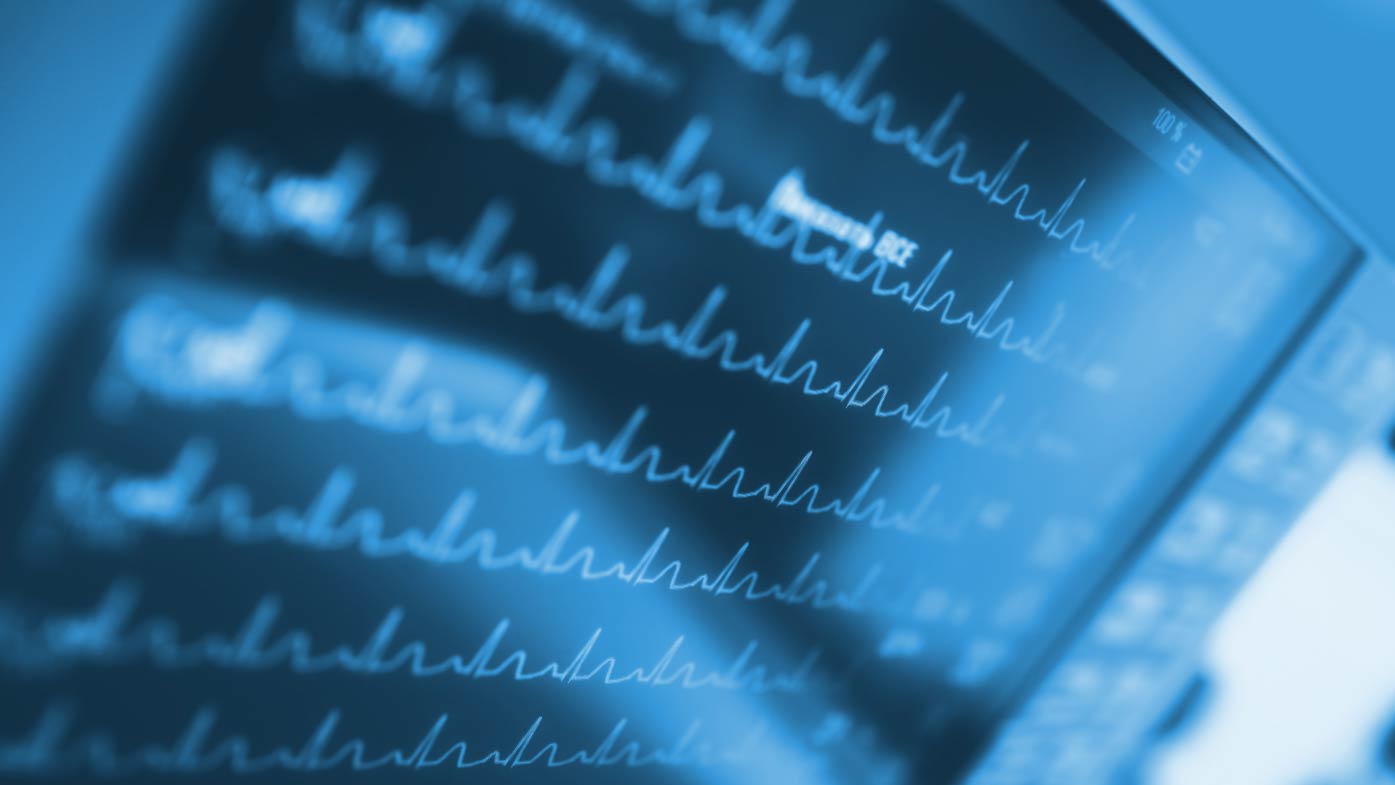Q: How would you describe a ‘typical’ patient with HCM?
A: HCM can impact anyone, regardless of their age or medical history. While many patients remain undiagnosed, the "typical" diagnosed HCM patient is usually older, often in their 50s and 60s. The prevalence of the disease does not significantly differ between men and women and rates are similar across ethnic groups.
All HCM patient experiences are unique. Symptoms can present differently and are often determined by the type of HCM – obstructive or non-obstructive – with obstructive being the most common. While some patients experience no symptoms, some can experience shortness of breath, chest pain or fatigue. While there are medical treatments and surgical options such as septal reduction therapy (SRT) for obstructive HCM, there is currently no approved treatment for non-obstructive HCM that targets the underlying cause of the disease, highlighting an urgent unmet need for this community.
Not only is it important for HCM patients to monitor their symptoms and discuss potential treatment options with their health care providers, but it is imperative that family members and caretakers focus on learning about the disease and prioritizing their loved one’s quality of life, as functional abilities can diminish over time.
Q: What excites you about the HCM treatment landscape in terms of what's currently available for patients and what's to come?
A: The treatment landscape is evolving – advances in technology provide the opportunity to take a more precise approach to combating cardiac diseases, which could result in better outcomes for patients. The previous standard of care, which primarily focused on symptom management through medication or surgical interventions, is evolving to offer treatment options that target the root cause of the disease at the physiological level within the sarcomere, increasing cardiac muscle function and reducing the obstruction.
It's really an exciting time to be working in the cardiovascular space at BMS. Everyone, from our discovery scientists to our commercialization partners, is committed to helping patients overcome cardiovascular diseases, including HCM. I've personally witnessed the significant, large-scale impact of our work on patients worldwide, and I’m incredibly proud of our commitment to advancing research and new treatment options, as well as raising awareness of cardiovascular diseases to enhance the lives of patients and their families.



